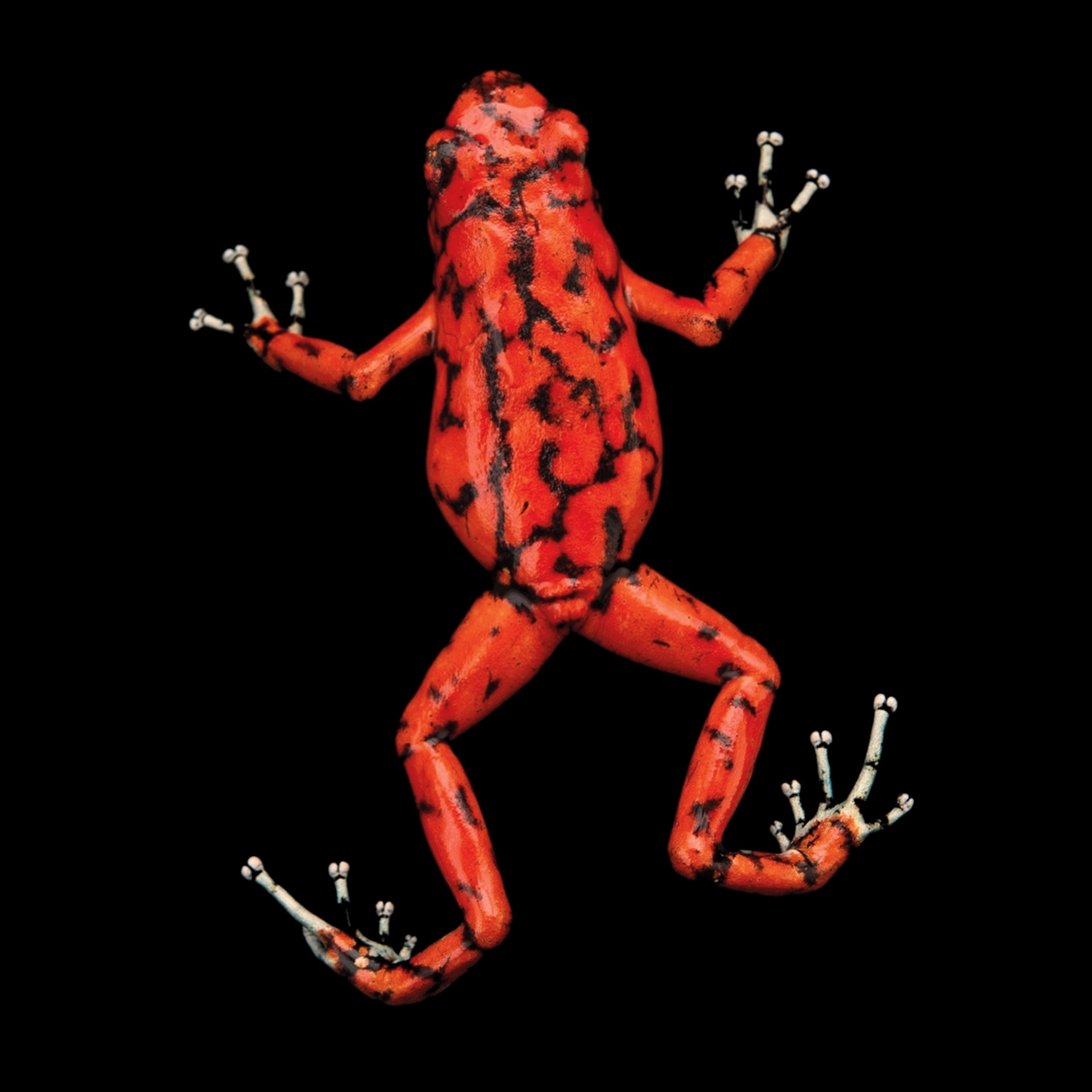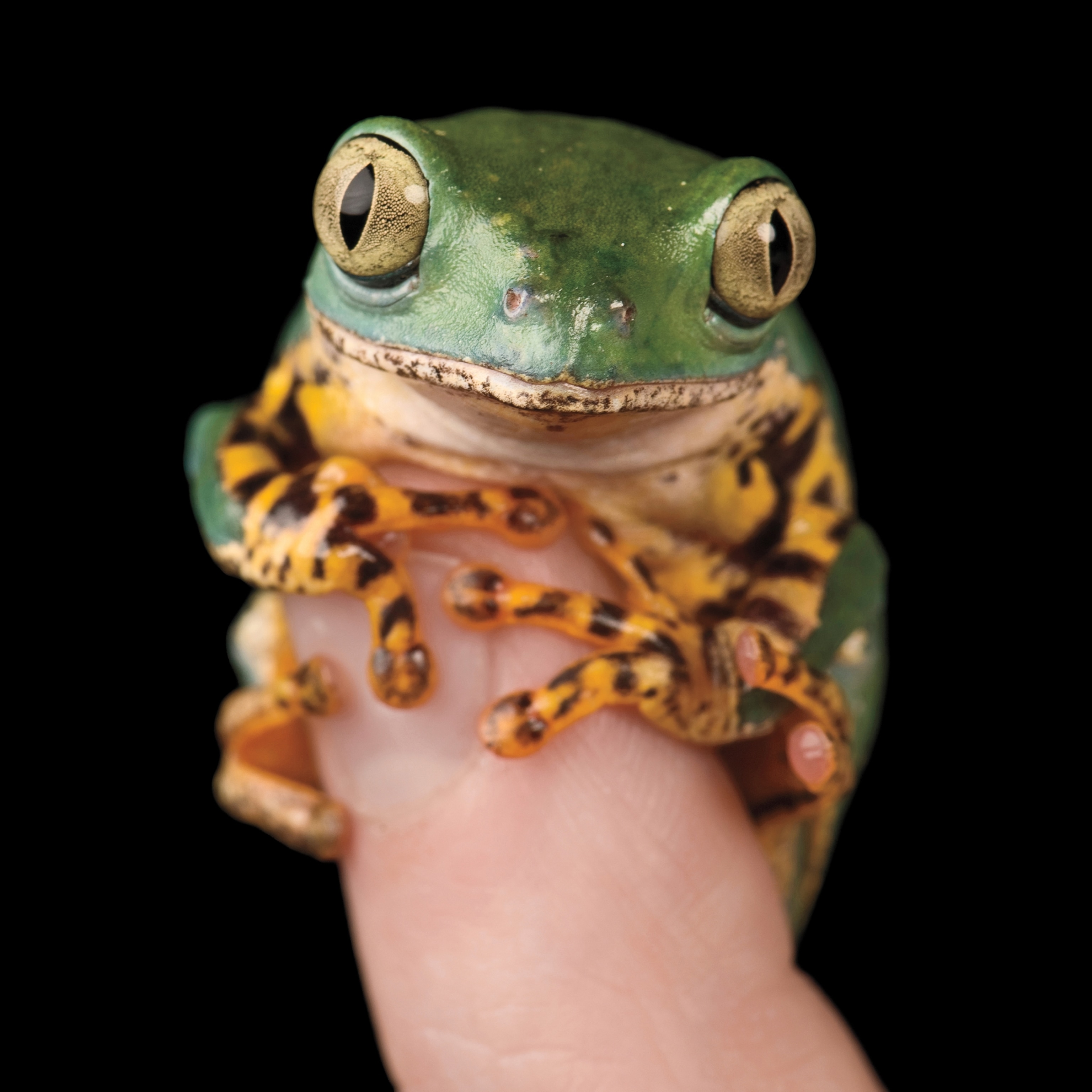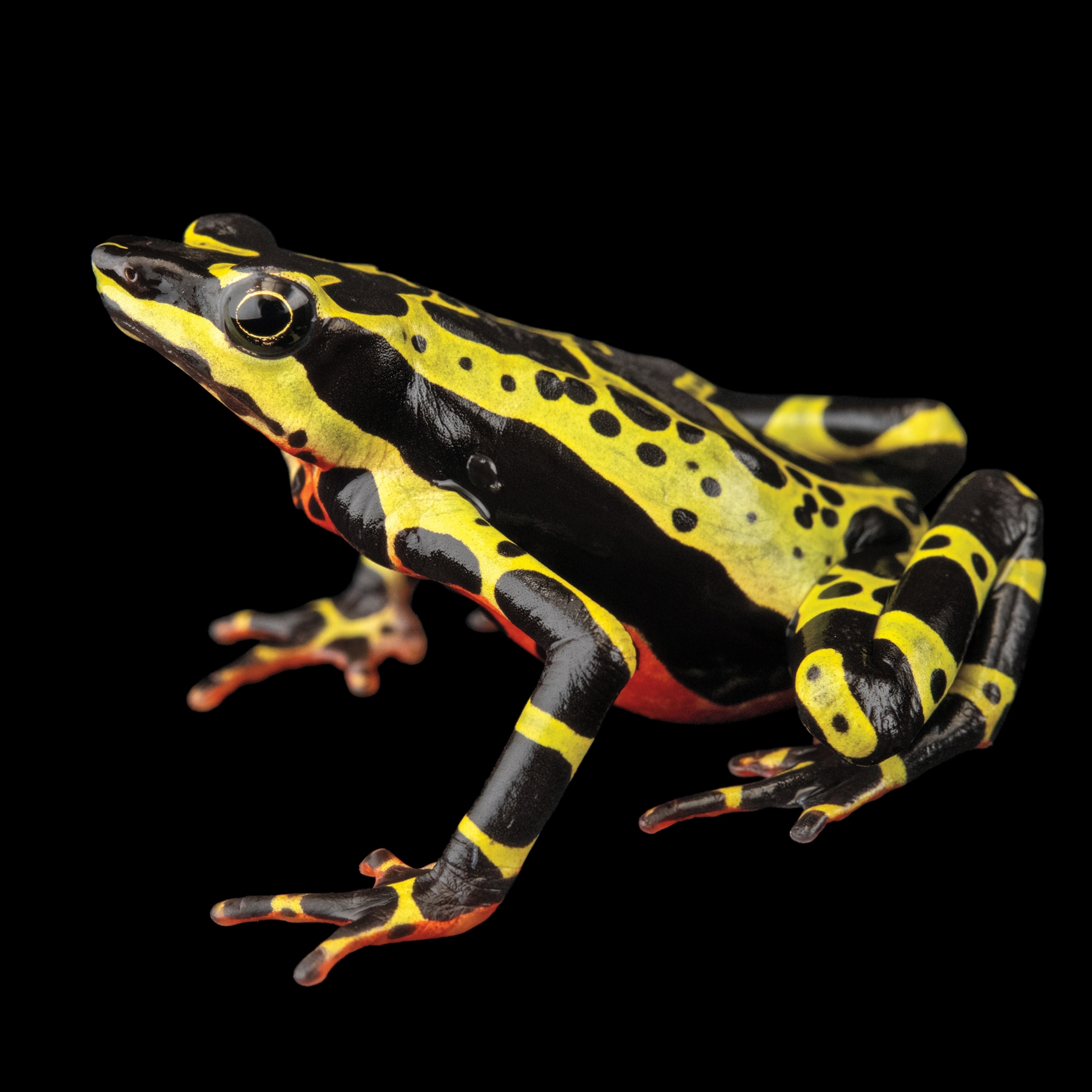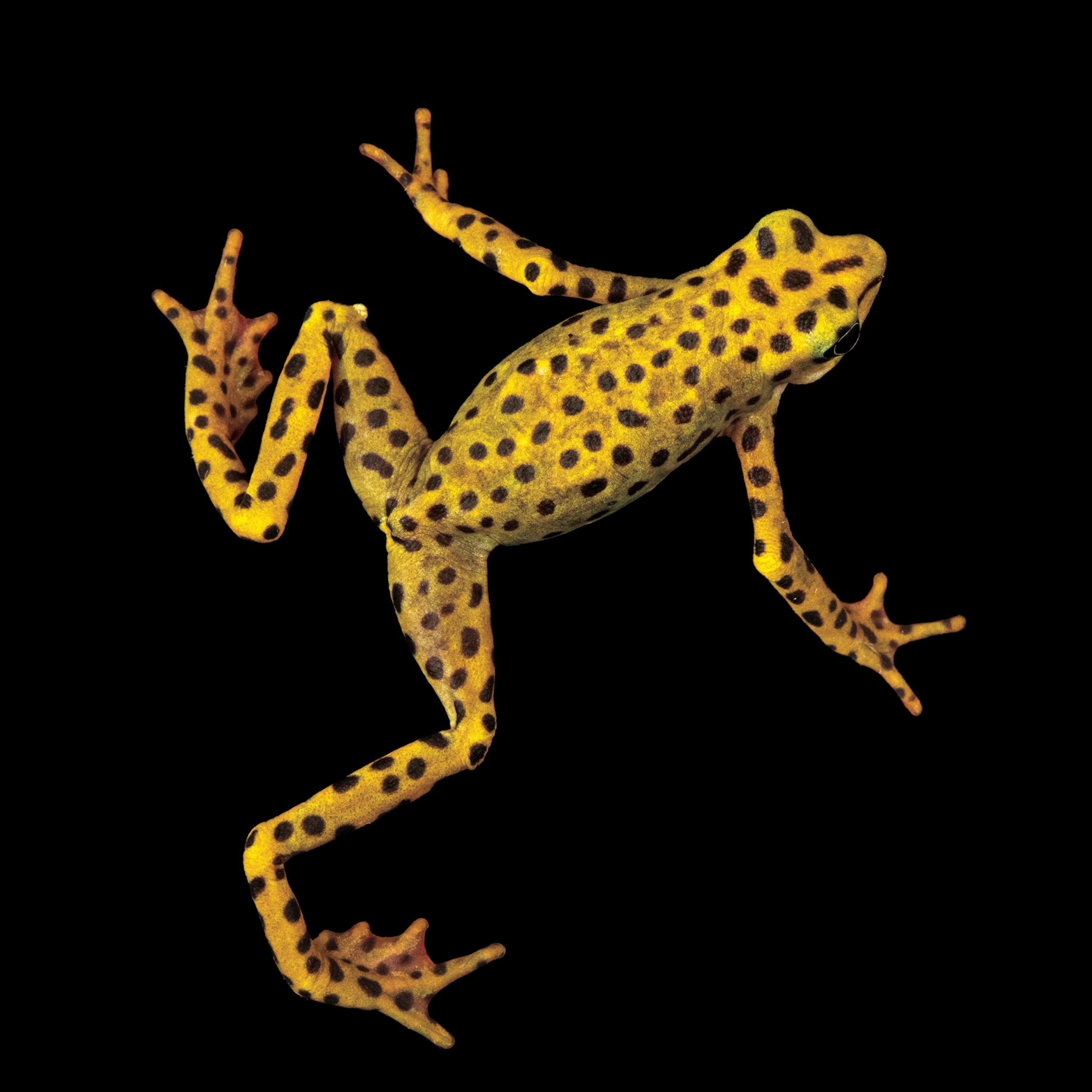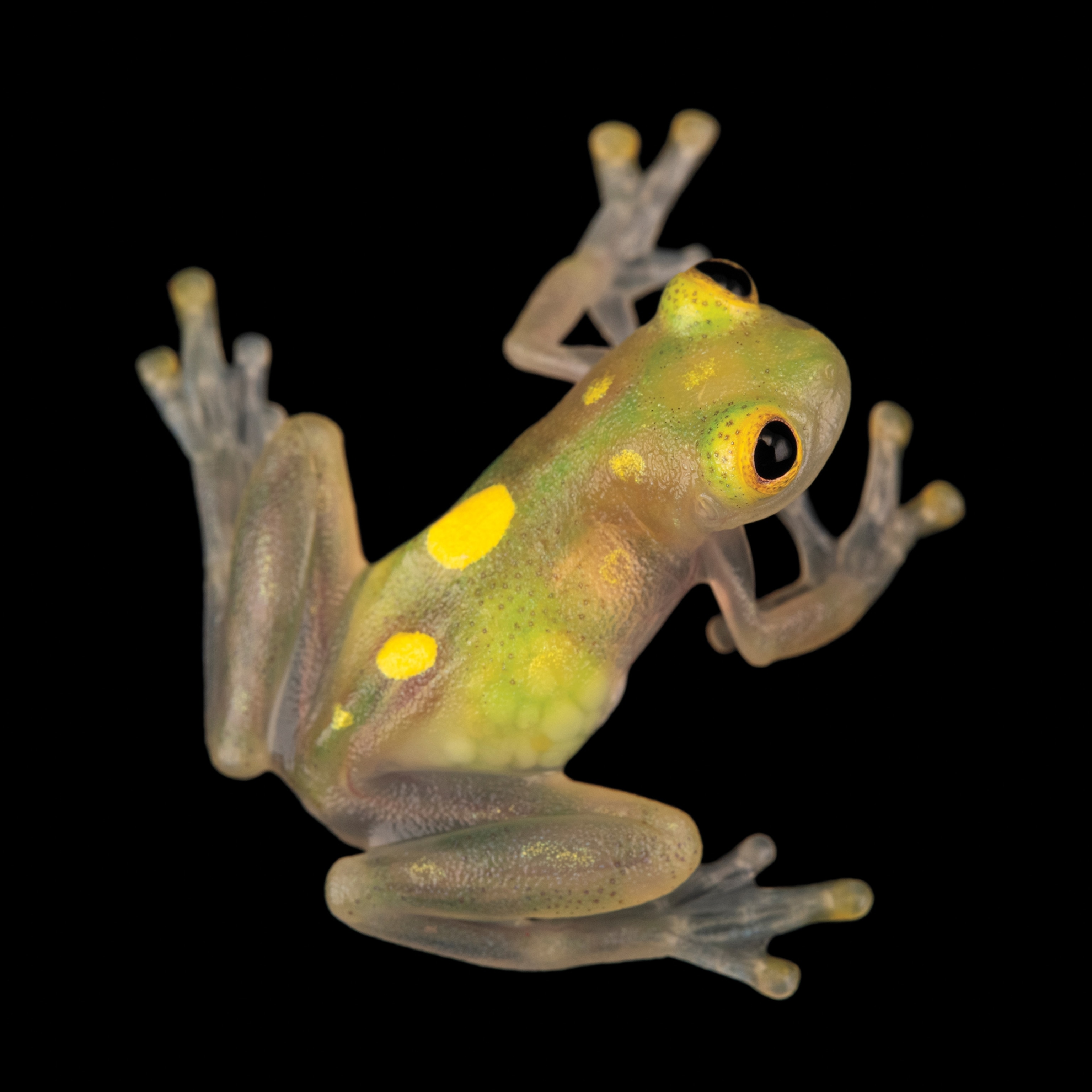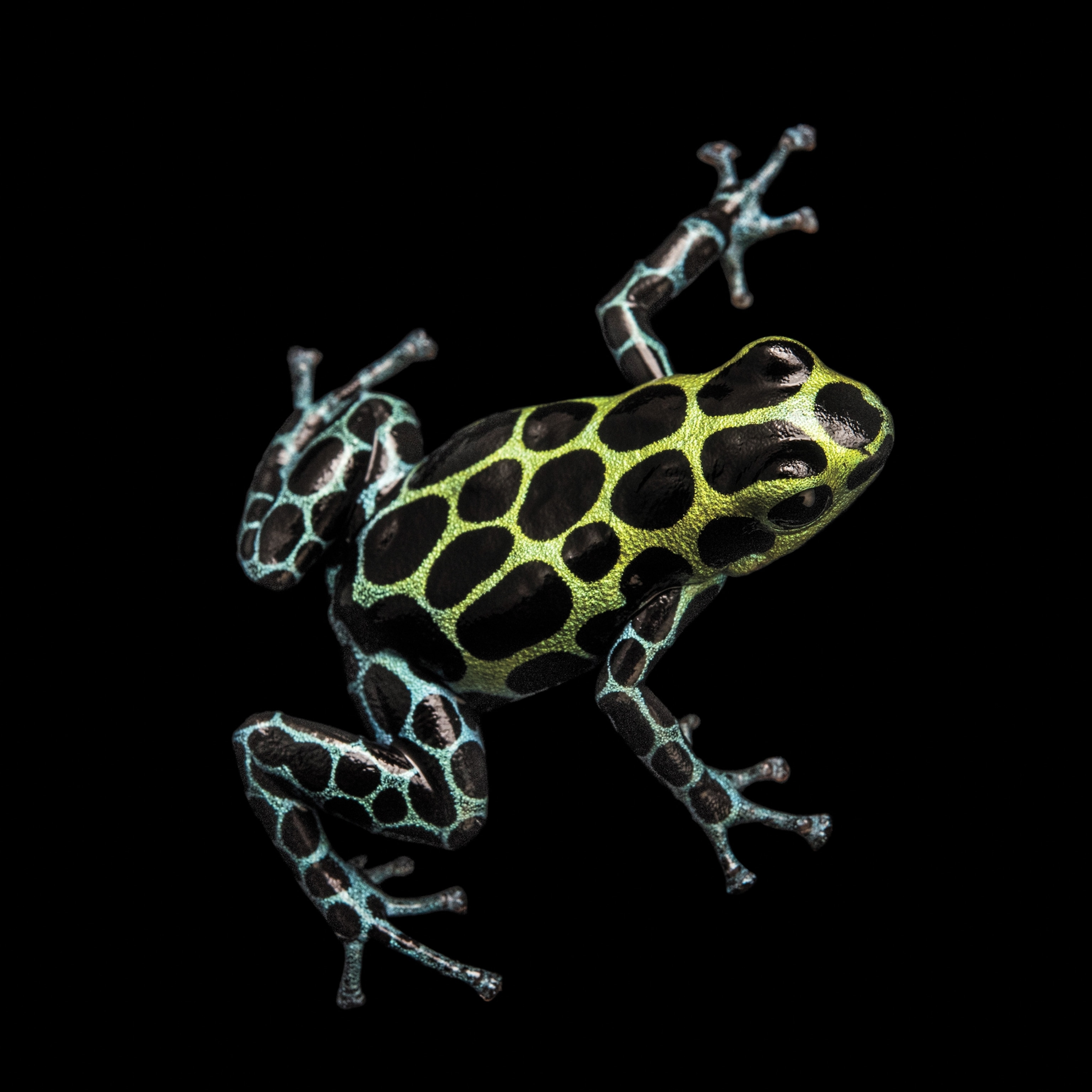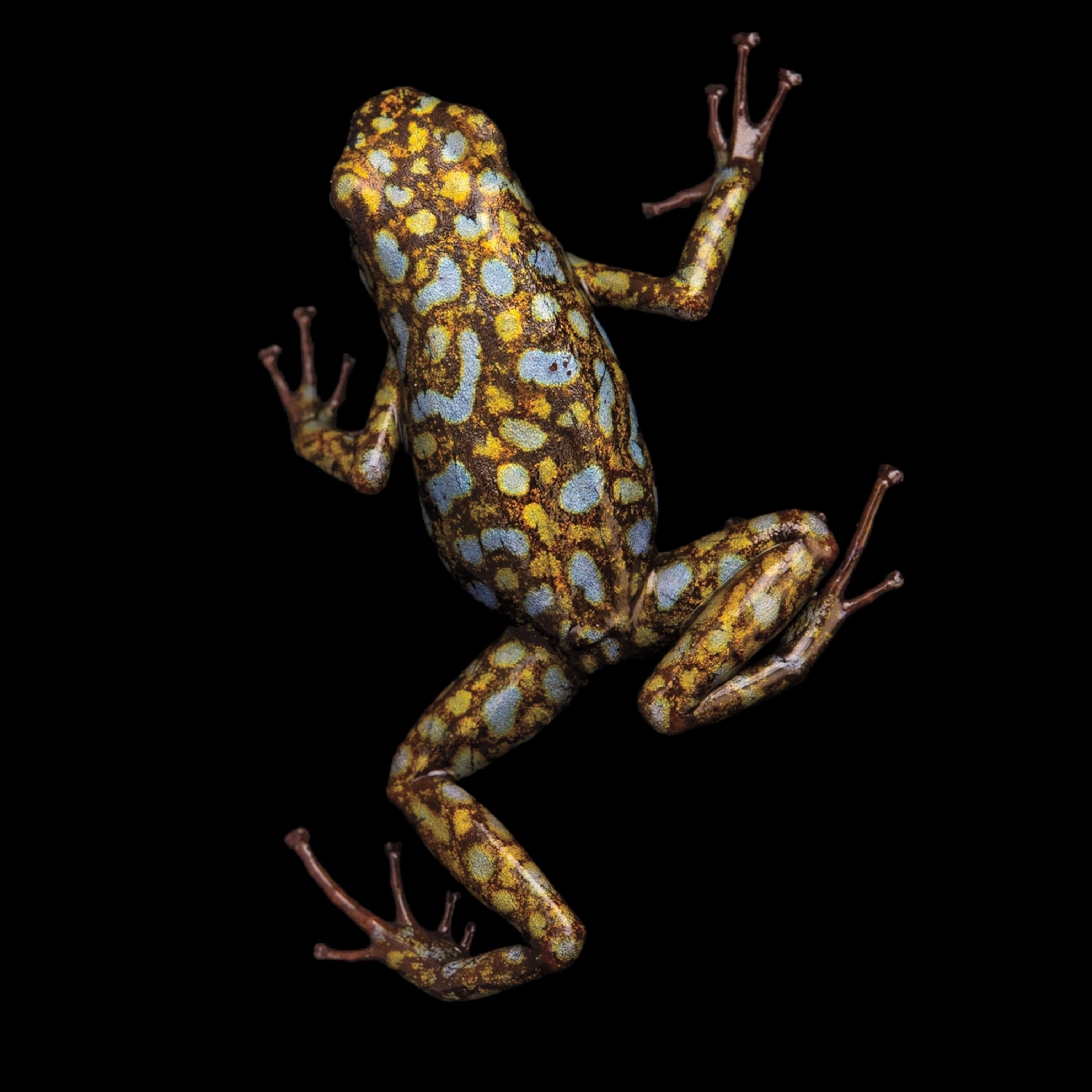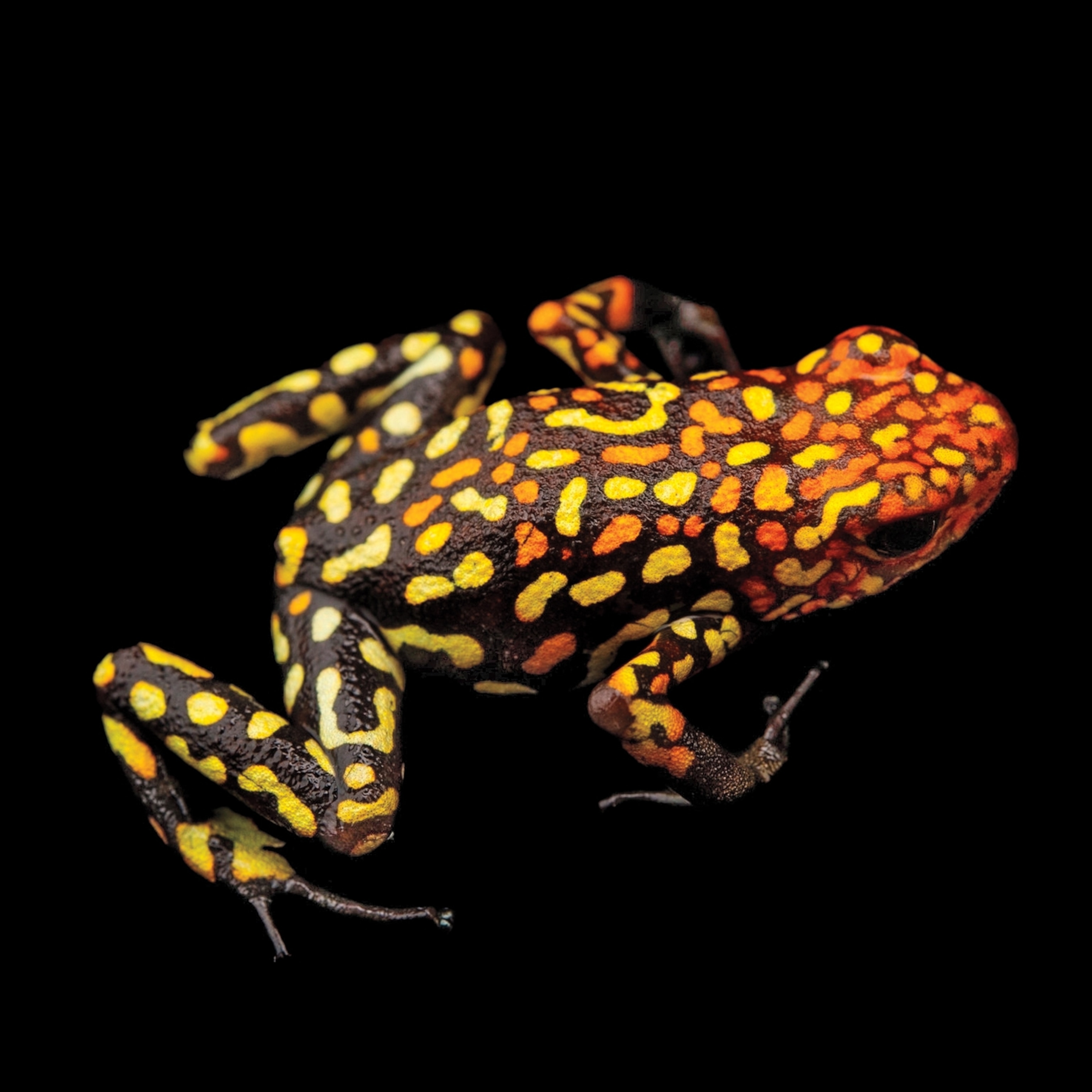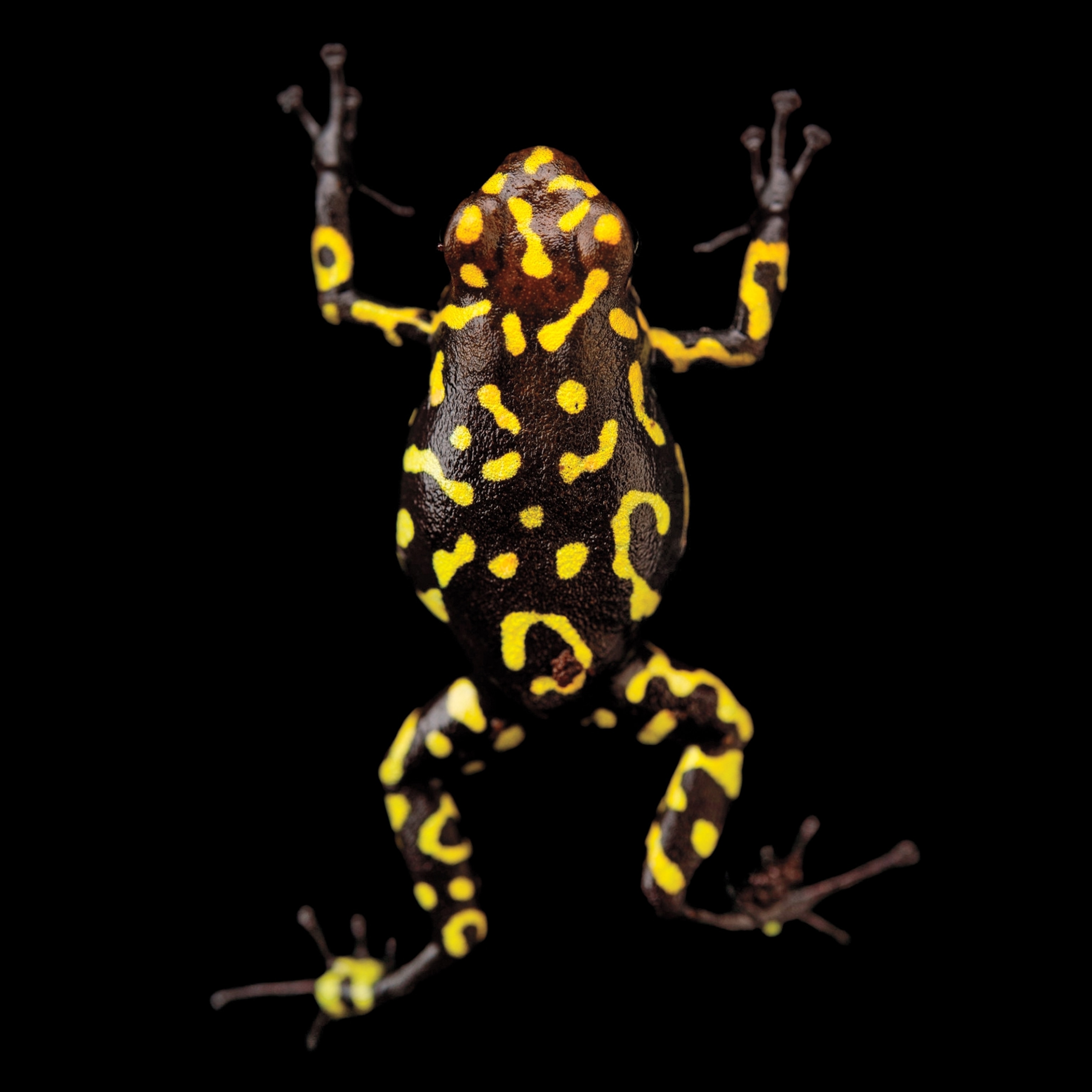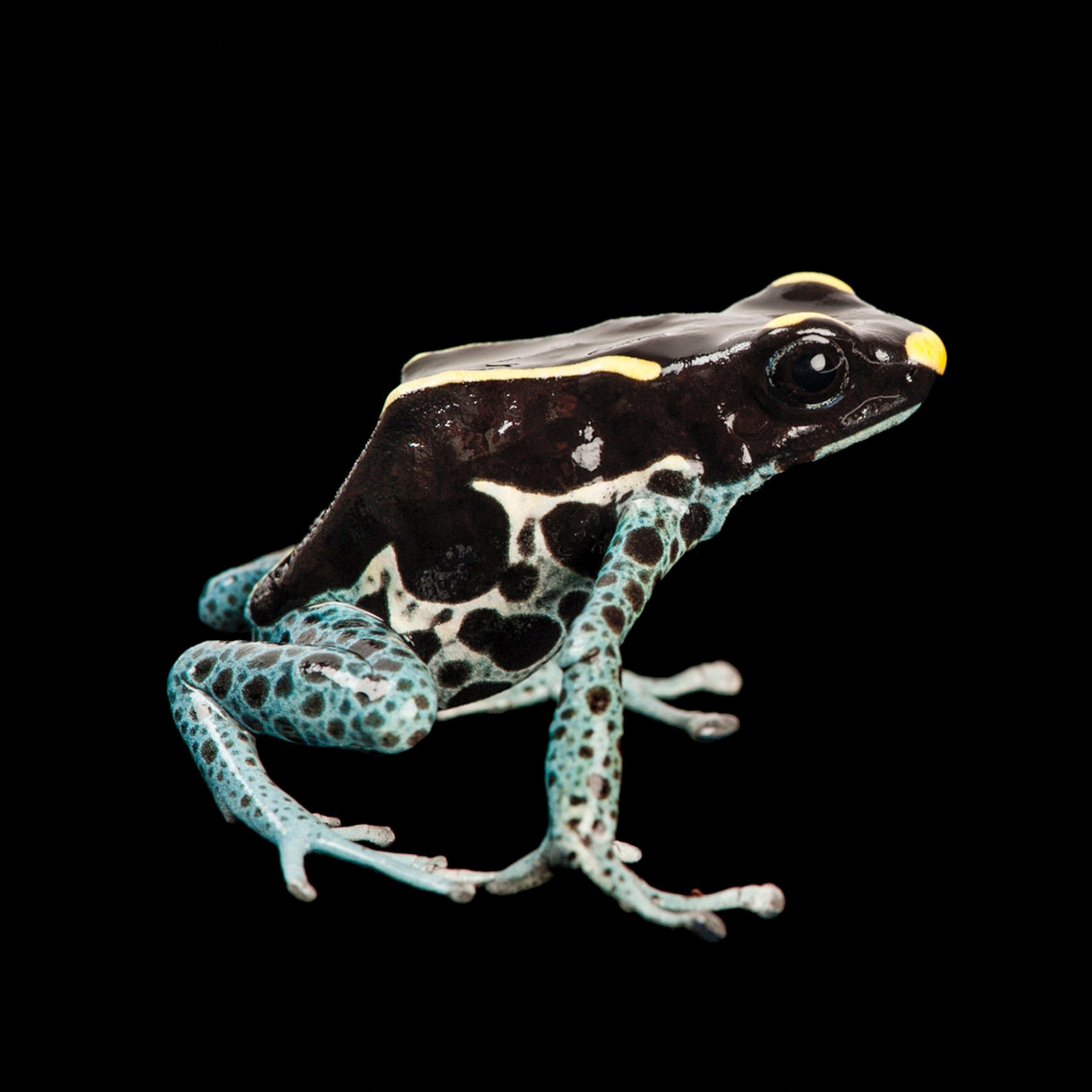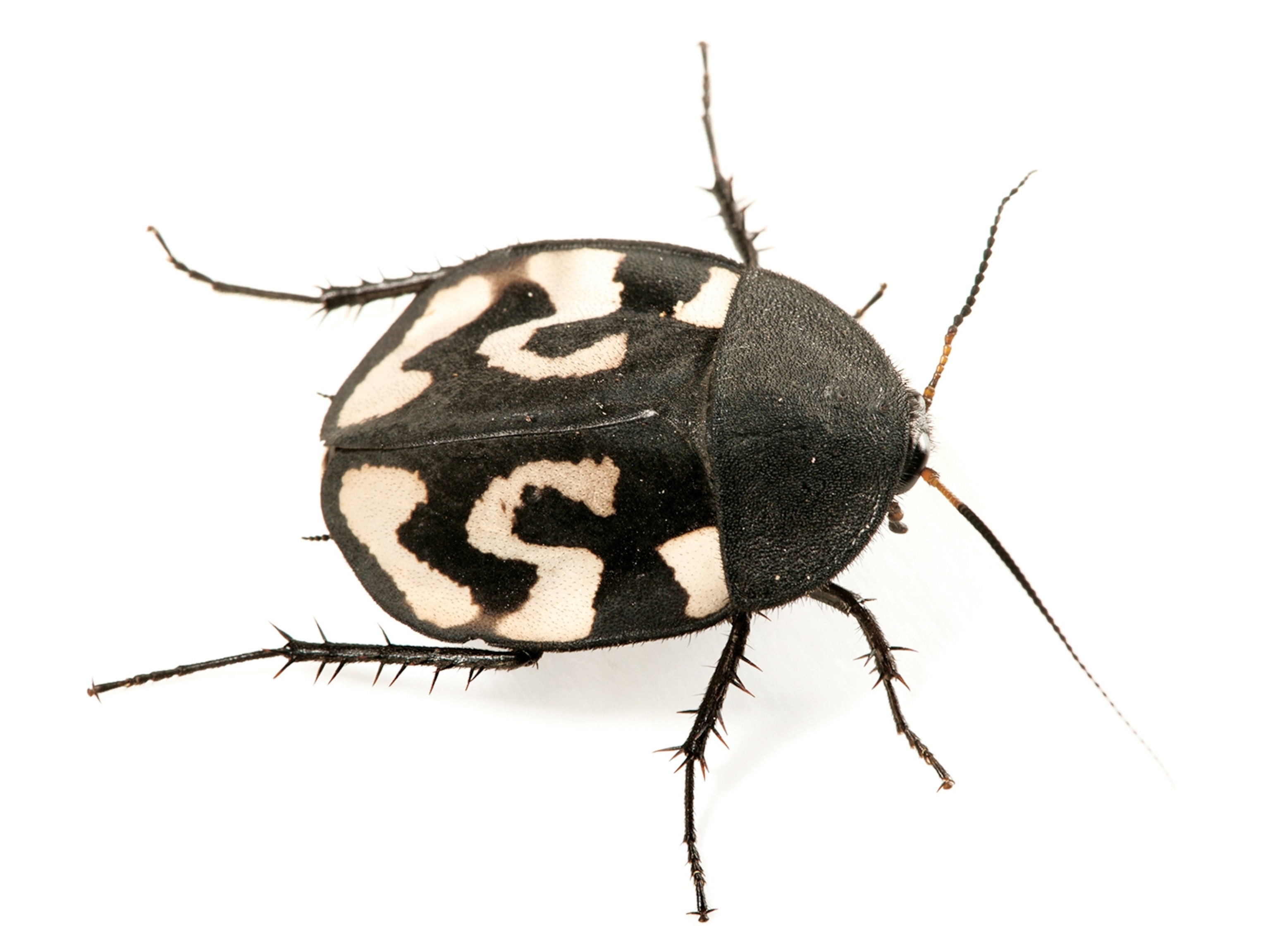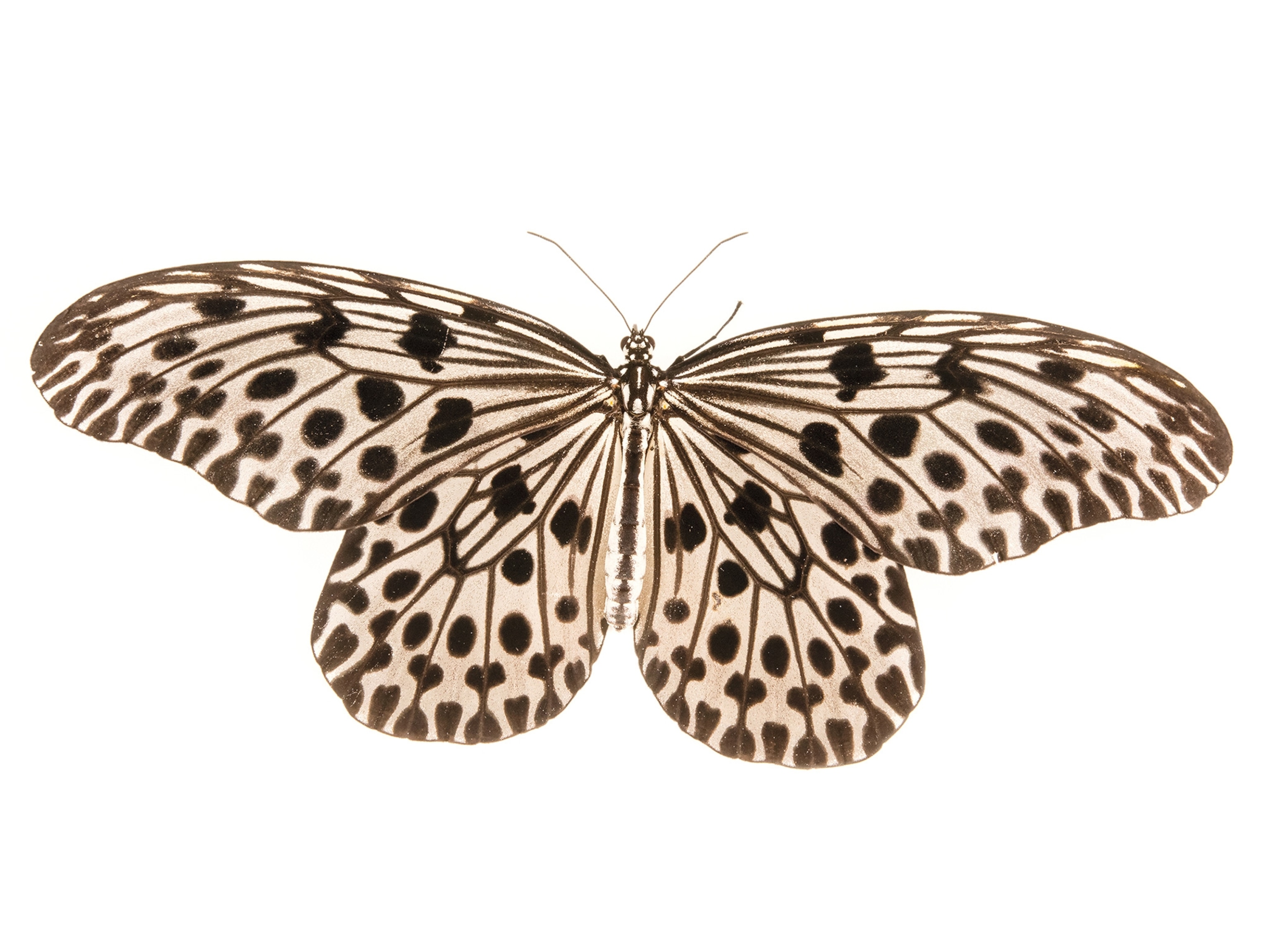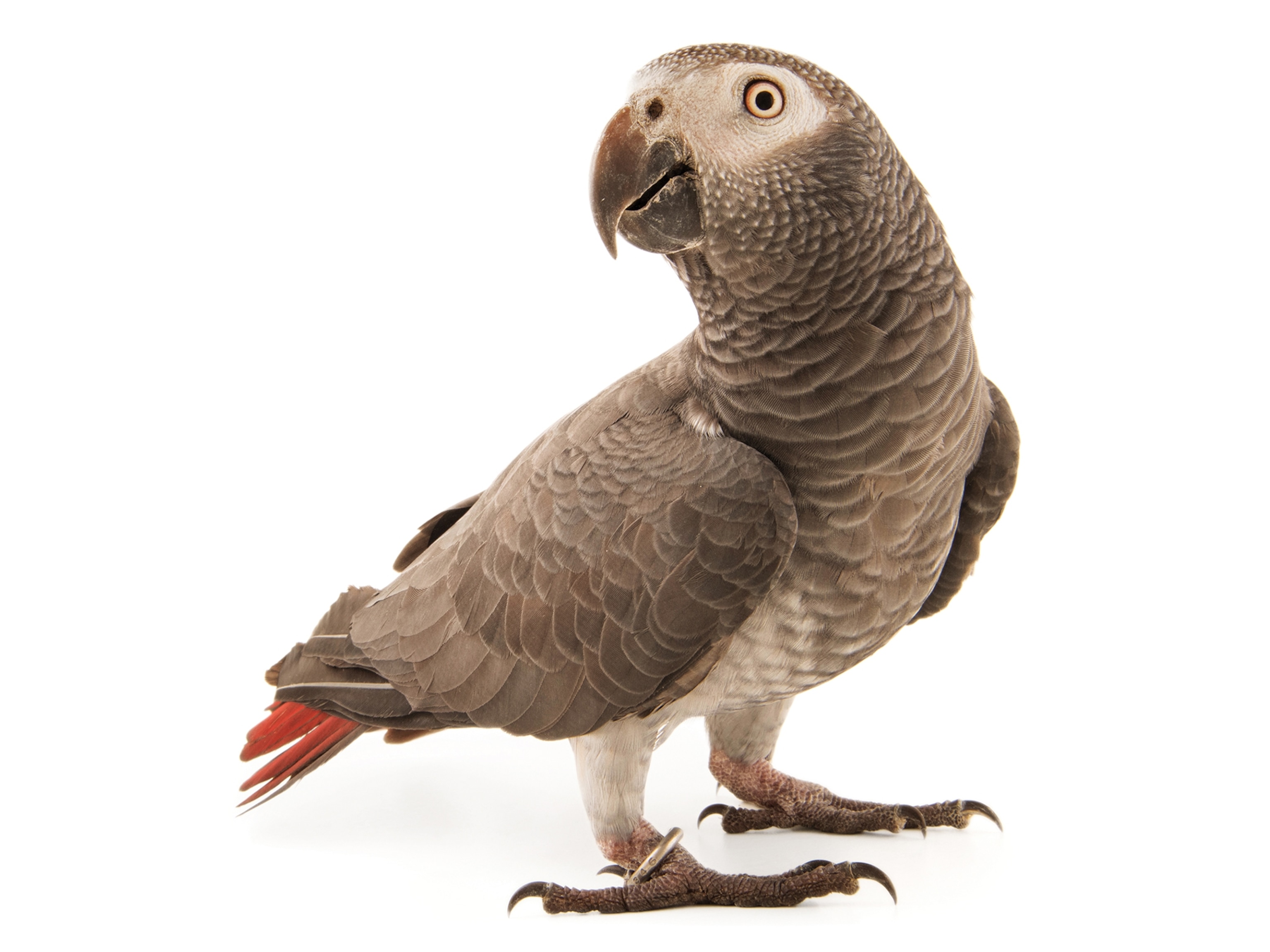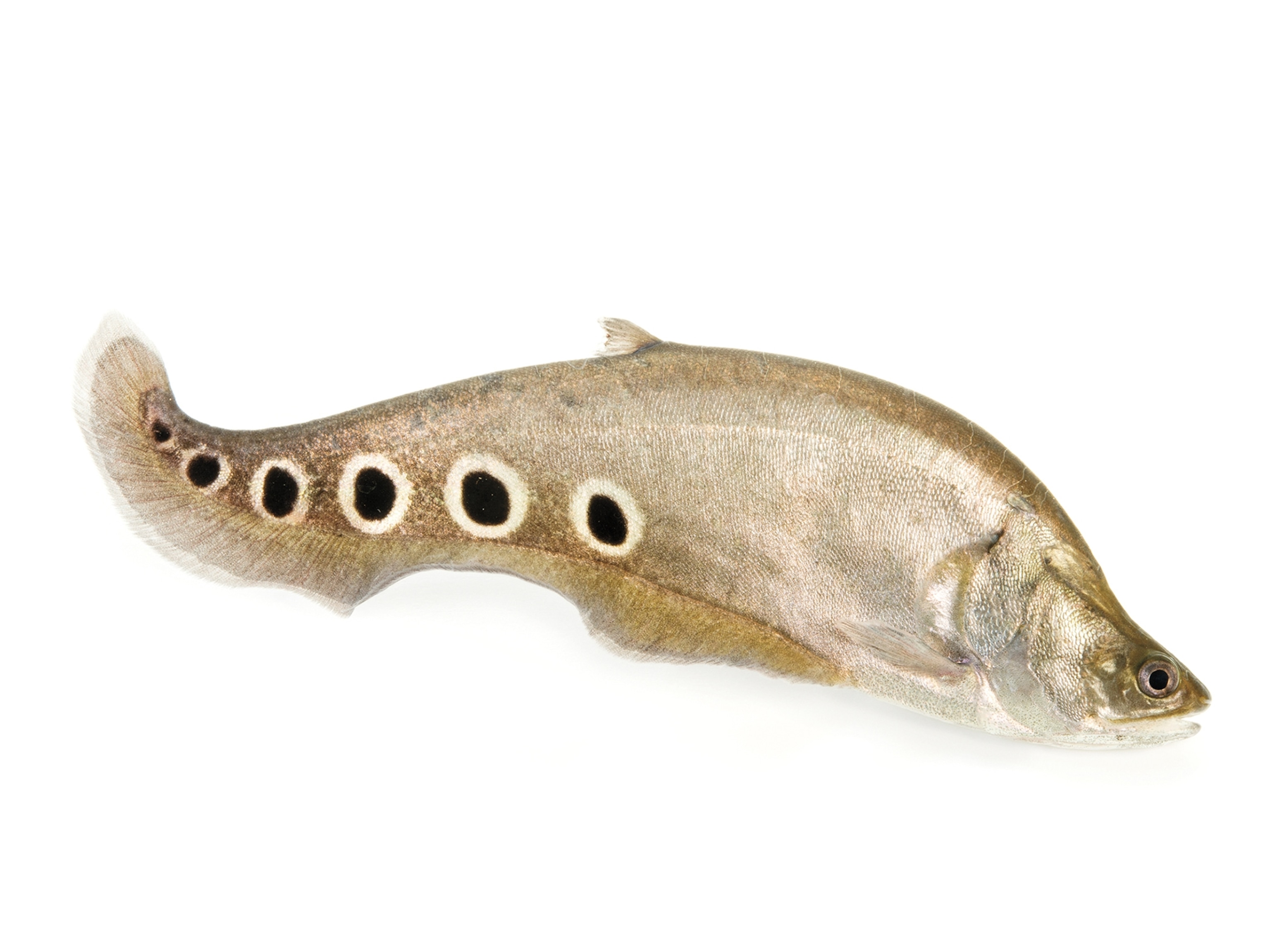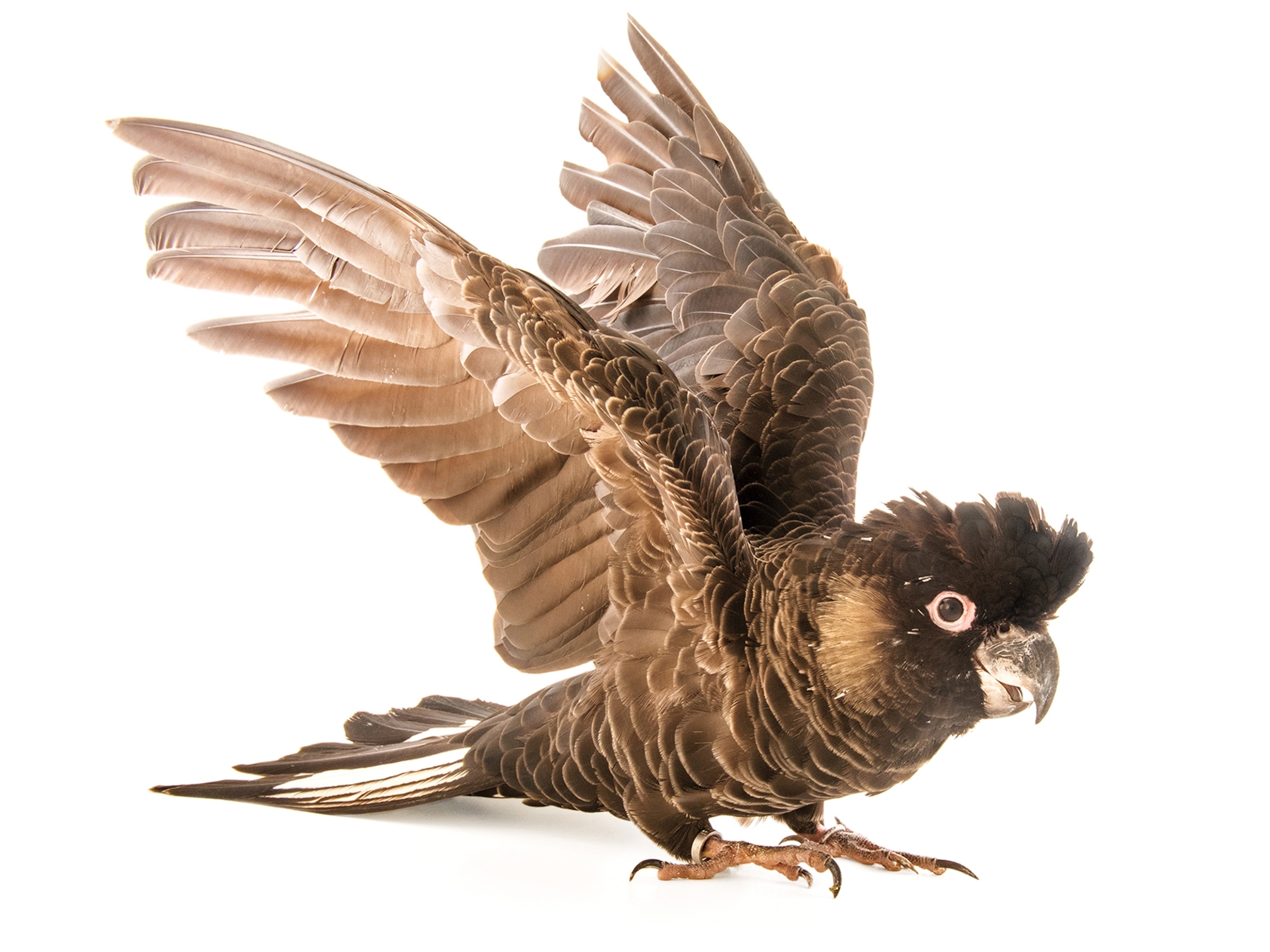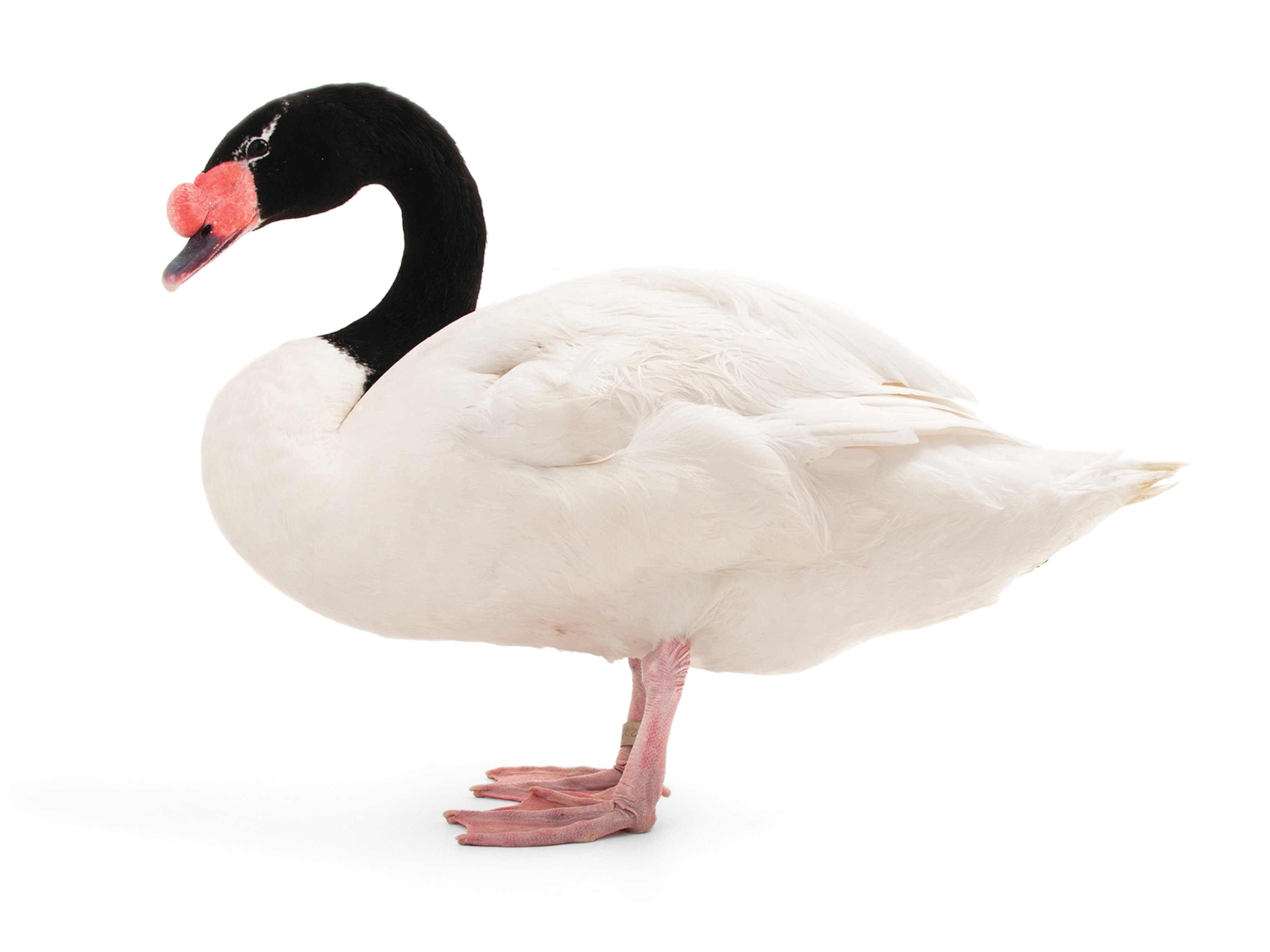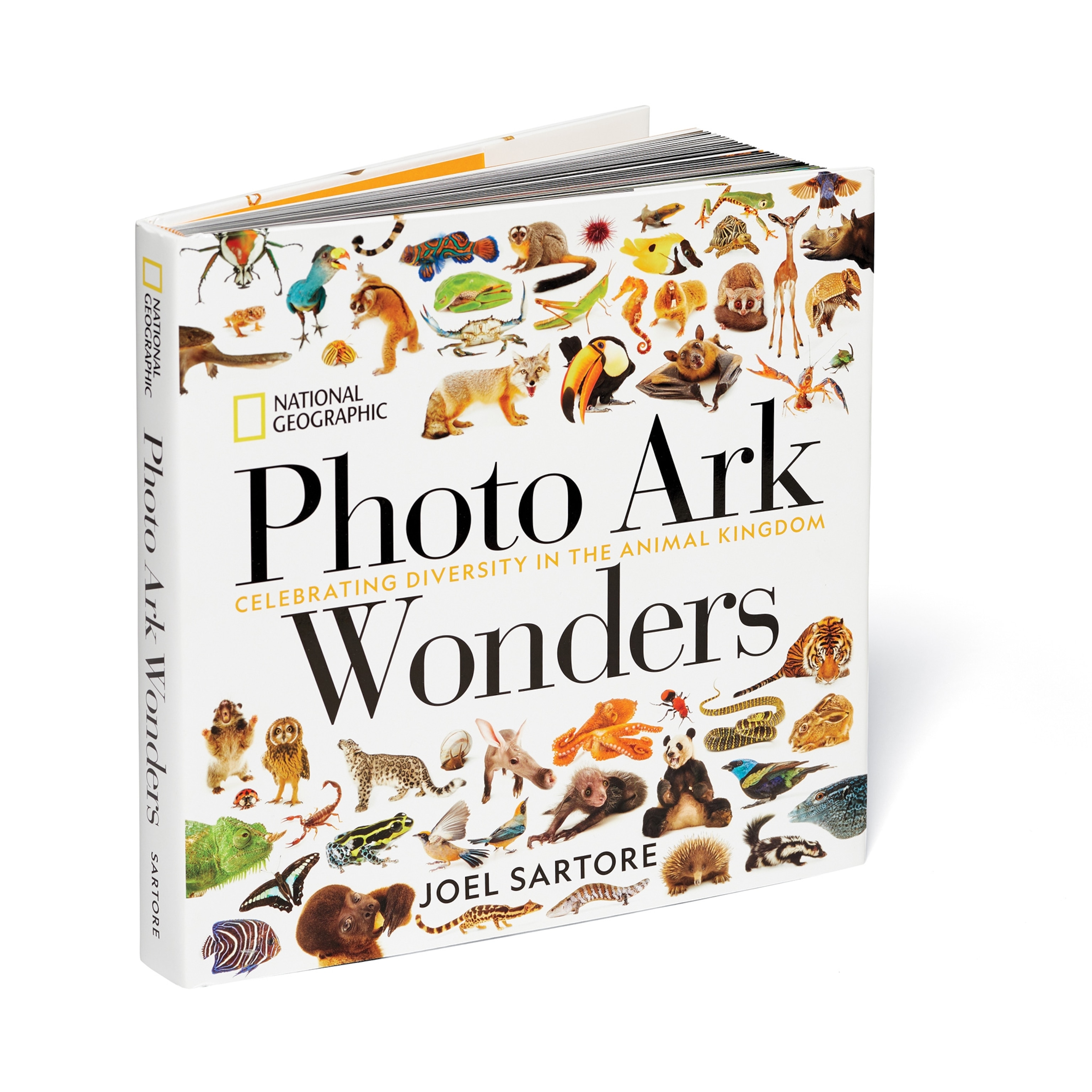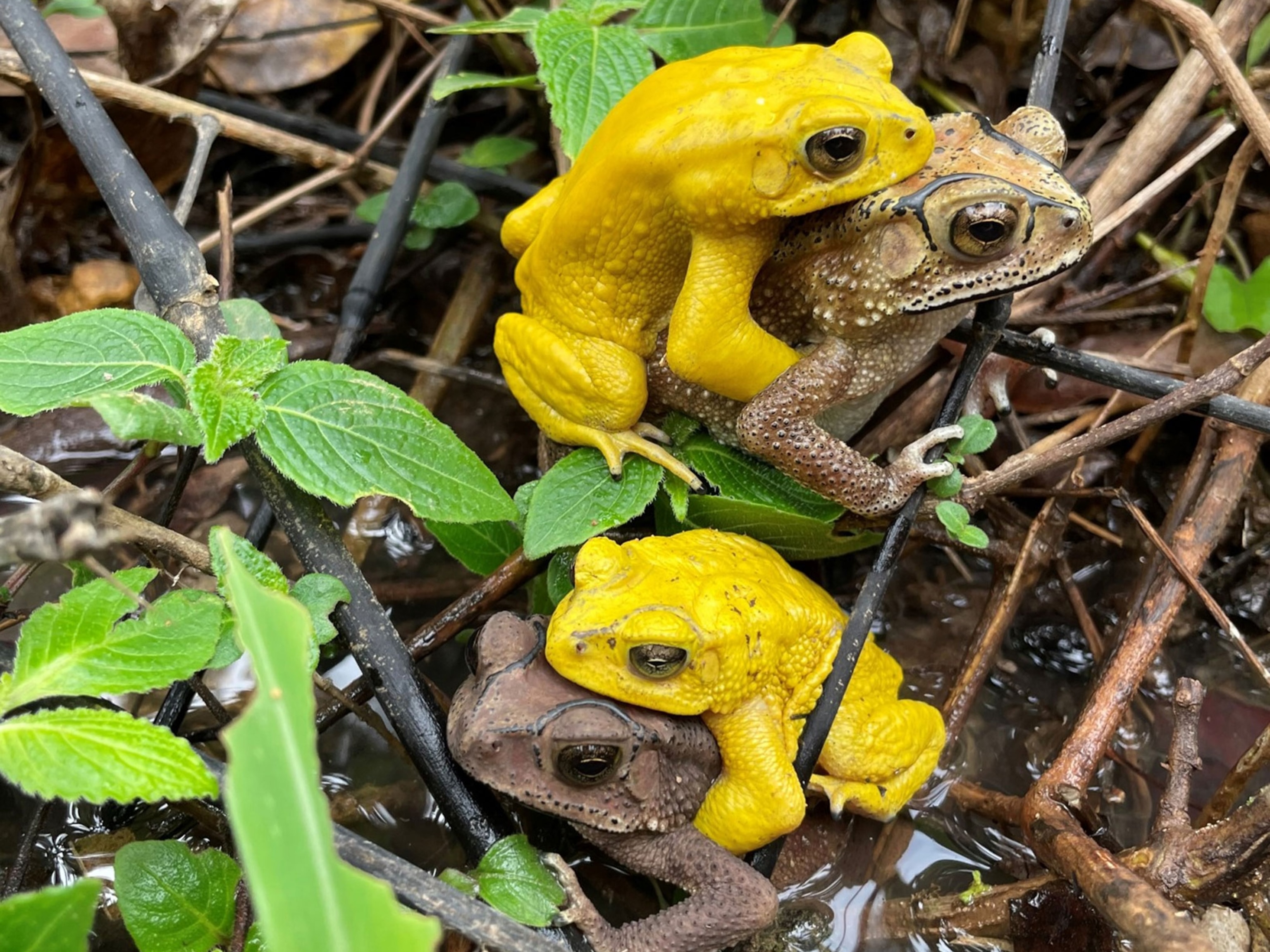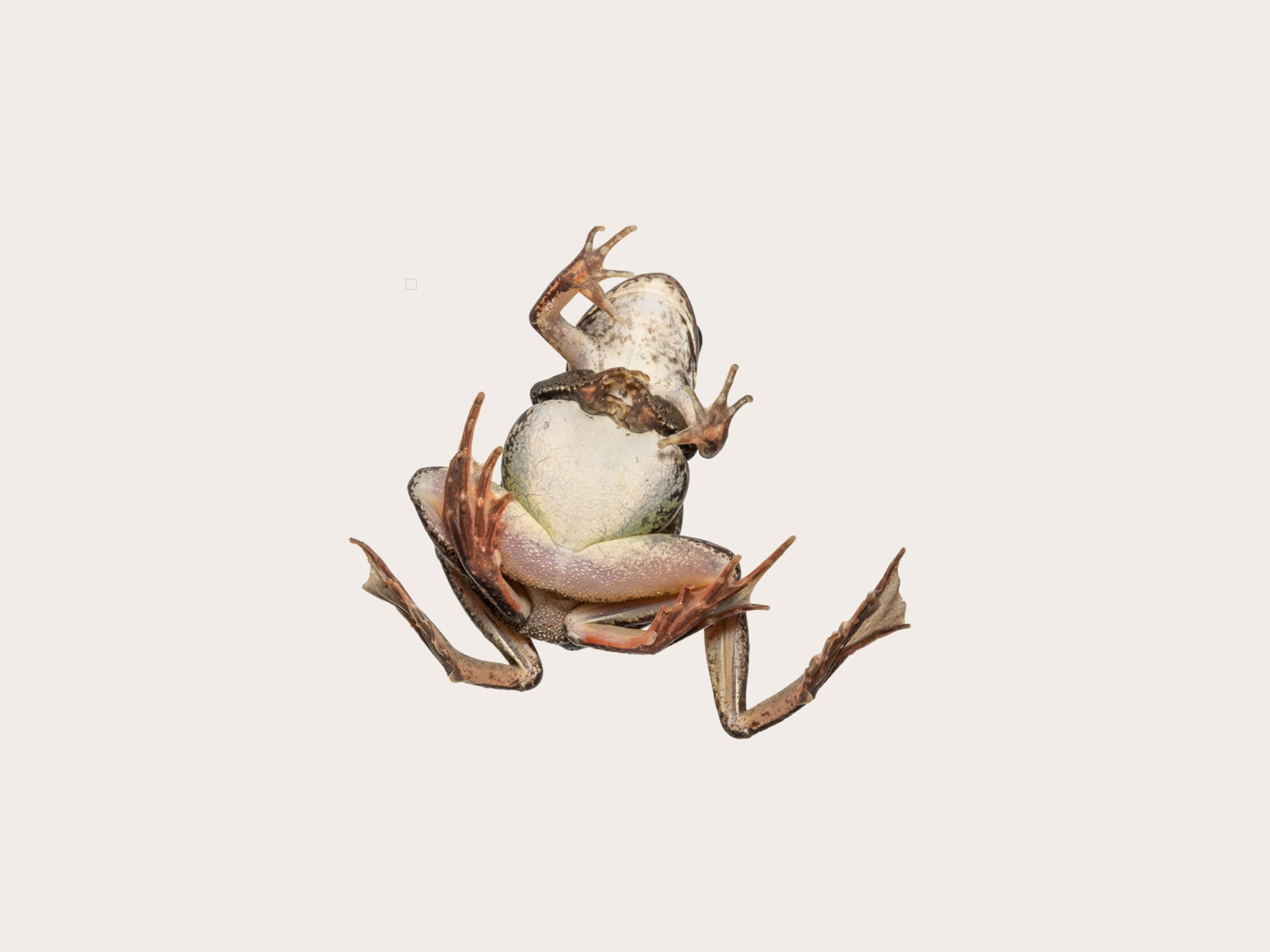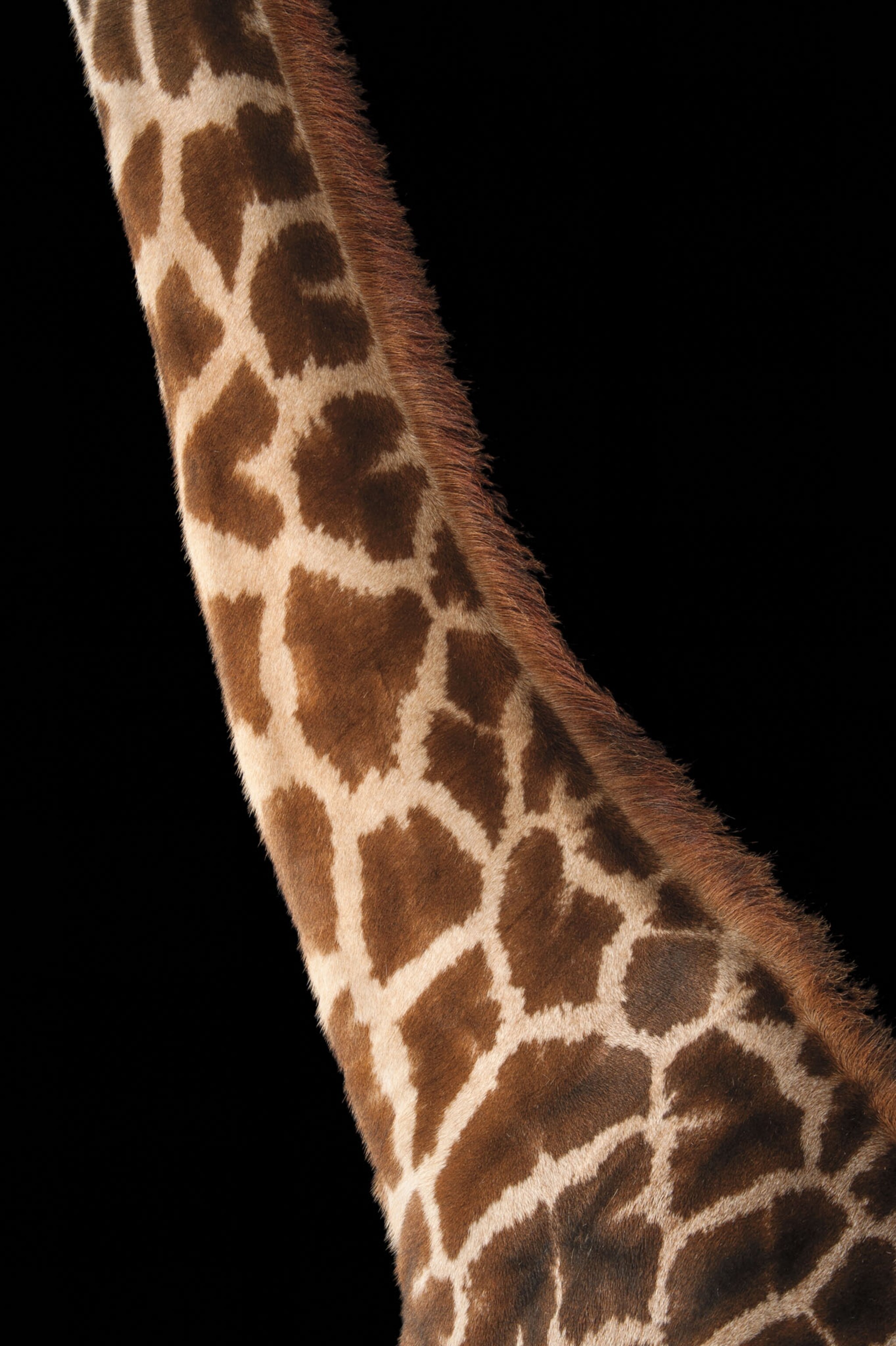
Some like it bold; some like it subtle. Some show off and others blend in. Some of our favorite animals are known for their patterns. What’s a tiger, or a zebra, without its stripes?
For patterns pitting color against color, birds seem to win the prize. The paradise tanager, the red-crested turaco, the green twinspot, and of course the macaw: All wear colors with abandon, reds and greens and blues side by side in vibrant designs.
(Australiana #3 – Thorny devil)
Angelfish glow as if neon under water. Chameleons can change their hues. Poison frogs dare to clothe themselves in the most unnatural of blues and yellows—effective in discouraging predators, experts presume.

In the world of animal wardrobes, all these species are show-offs.
Yet color need not be part of the plan. Black, white, and gray can offer ample variety.
The highly venomous Malayan krait is unassuming in colorless bands. A South American swan’s snow-white body is topped with a coal-black head. The clown knifefish seems to wear black-and-white portholes down its silver sides. While some birds proclaim themselves in color, the Timneh parrot and the Carnaby’s black cockatoo stick to cool gray.
The contrast of light and dark helps animals stand out, blend in, or deter would-be predators.
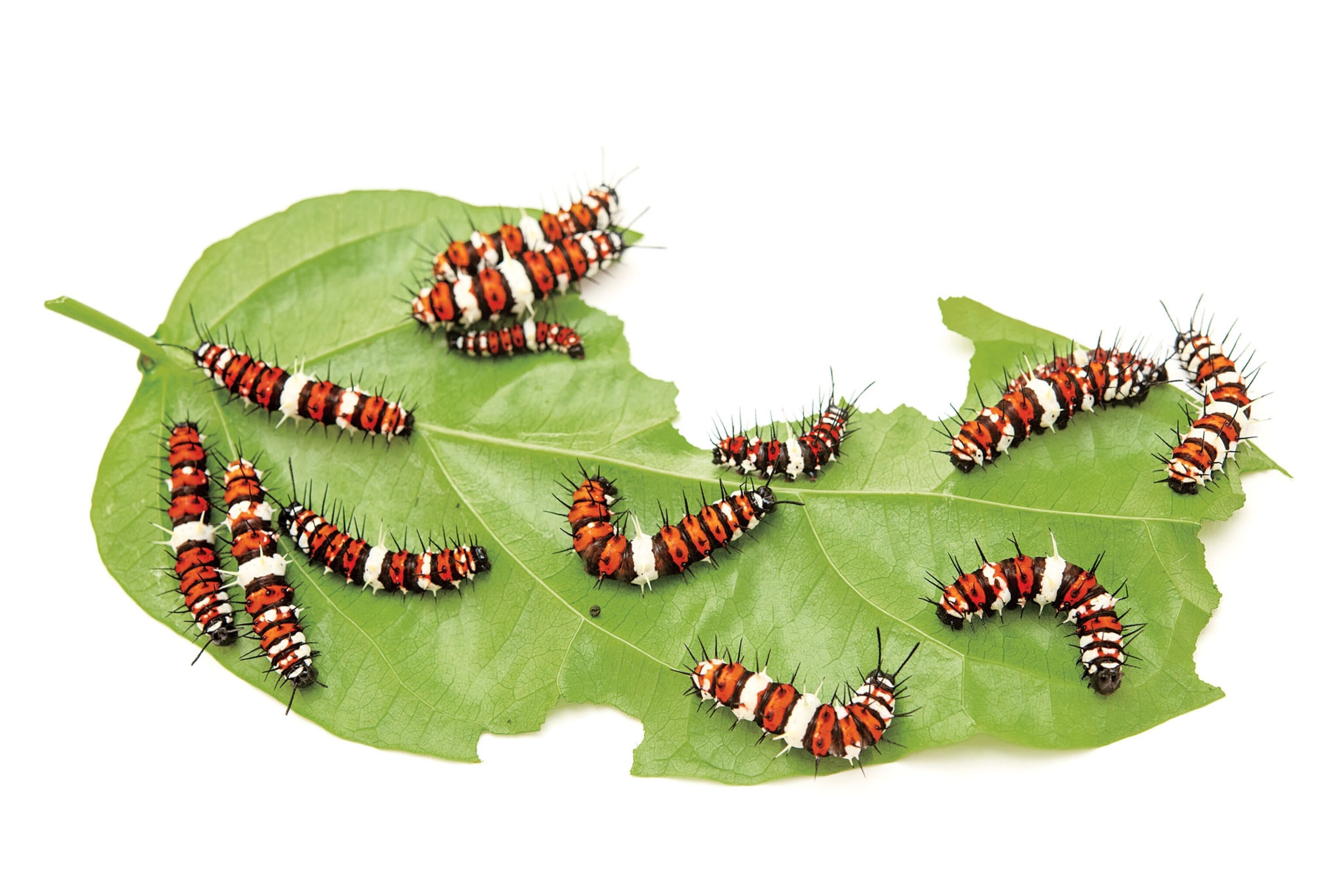

Other patterns borrow from the background, strategies for blending in and staying unseen. The chain catshark’s murky mottling mirrors shifting patterns of dark and light on the ocean floor. Splitfins shimmer like sunlight on water.
Wood turtles’ shells sport elegant mosaics, picking up earth tones of the leaf litter where they scuttle. A grass mouse striped like the stubble it calls home, a katydid as brightly veined as the leaves that fall around it, a whip snake’s scales in hues of the rainforest it winds through—all exhibit patterns from the environments they inhabit.
The animal kingdom offers patterns in abundance. Some we interpret to have a purpose, but others seem like arbitrary shapes and colors combined with abandon—nature’s artistry.
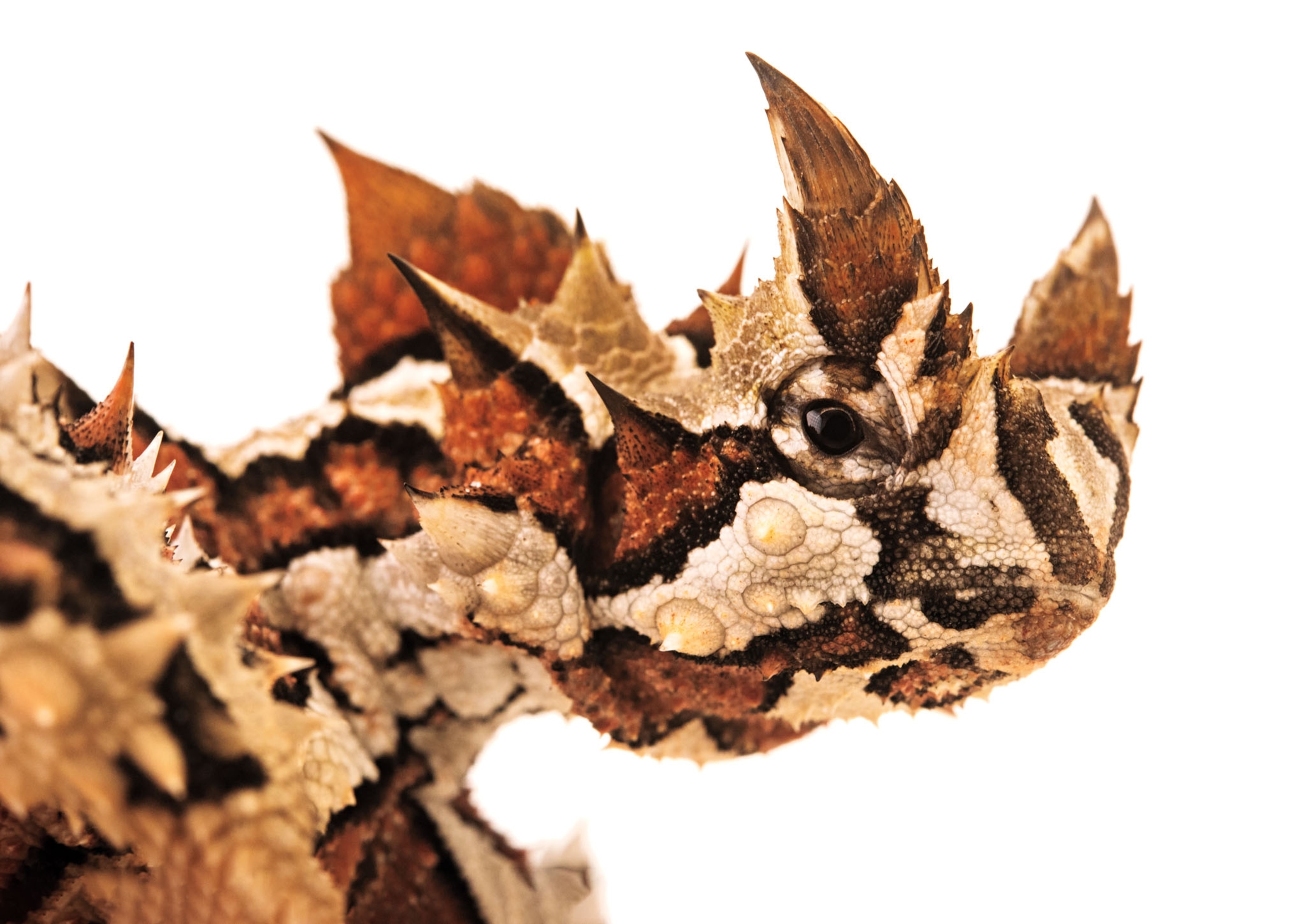
The National Geographic Society is committed to illuminating and protecting the wonder of our world. Learn more about the Society’s support of its Explorers.
This story appears in the December 2021 issue of National Geographic magazine.

